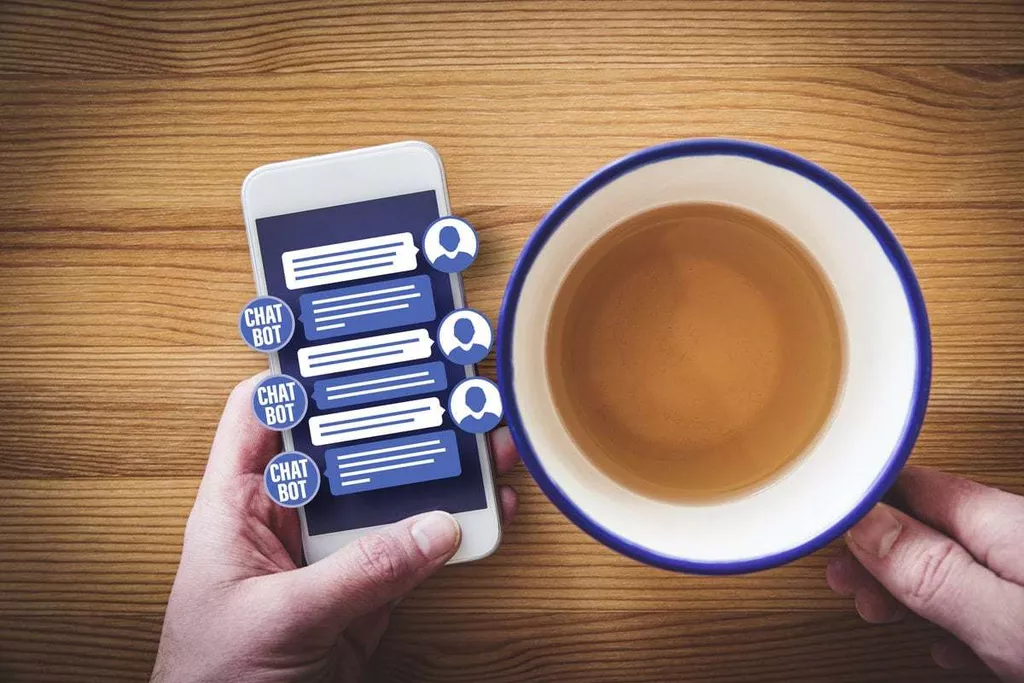
Backed by sophisticated data analytics, AI chatbots can become a SaMD tool for treatment planning and disease management. A chatbot can help physicians ensure the medications’ compatibility, plan the dosage, consider medication alternatives, suggest care adjustments, etc. A friendly AI chatbot that helps collect necessary patient data (e.g., vitals, medical images, symptoms, allergies, chronic diseases) and post-visit feedback. Increasing enrollment is one of the main components of the healthcare business.
Most emergency situations require professional intervention, but there are times when patients can benefit from a quick self-assessment. If the condition is not too severe, a chatbot can help by asking a few simple questions and comparing the answers with the patient’s medical history. A chatbot like that can be part of emergency helper software with broader functionality. The process of filing insurance inquiries and claims is standardized and takes a lot of time to complete. By using data collected by chatbots, insurers and hospitals can work together to quickly process claims and detect fraud. Another crucial aspect to consider here are the ethical constraints when consulting on sensitive matters.
ChatGPT in Audit: 5 Use cases, Benefits & Challenges in 2023
“It is entirely likely that patients will reach for imperfect medical advice from automated systems with 24/7 availability, rather than waiting months for an appointment with a human expert.” Sixty percent of Americans surveyed recently by the Pew Research Center said they wouldn’t want an AI system diagnosing what’s ailing metadialog.com them or proposing treatments. Don’t tell anyone I said this, but a lot of what healthcare workers do is already a bit formulaic — at least at the lowest-level, patient-facing interface. You feel icky and call an advice nurse; they ask preset questions to determine whether you should get to an ER or just go take a Tylenol.
What programming language is used for chatbots?
Java. You can choose Java for its high-level features that are needed to build an Artificial Intelligence chatbot. Coding is also seamless because of its refined interface. Java's portability is what makes it ideal for chatbot development.
And then a few healthcare specific tech companies with a penchant for protecting patient data will move the needle forward in innovation. So, what does an incredible AI bot that fools you into thinking it is human mean for the healthcare industry? An intelligent chatbot can collect all of your information and incorporate it into your medical chart seamlessly. Companies such as hyro.ai are already taking steps with a conversation AI for healthcare. Technologies similar to ChatGPT are going to elevate our experiences, freeing up time for doctors and administrators. One of the current burdens doctors are encountering is patients communicating through patient portals outside of regular scheduled appointments; a technology similar to ChatGPT could help alleviate this burden.
Use Cases of Chatbots in Healthcare
The next classification is based on goals with the aim of achievement, subdivided into informative, conversational, and task based. Response generation chatbots, further classified as rule based, retrieval based, and generative, account for the process of analyzing inputs and generating responses [16]. Finally, human-aided classification incorporates human computation, which provides more flexibility and robustness but lacks the speed to accommodate more requests [17]. One of the key uses for healthcare chatbots is data collection about patients.
How are algorithms used in healthcare?
By inputting data about a patient's condition, medical history, and other factors, medical algorithms can generate predictions about how that patient is likely to respond to different treatments. This can help researchers choose the most effective treatment for each individual patient.
Customers do not want to invest time in filling out a feedback form, or they are simply not interested. Businesses have started resorting to chatbots to measure customer satisfaction. Patients can chat with the bot, reply to the instant questions that pop up and rate their overall experience. So, people can now opt to chat with a healthcare chatbot and get medical advice on what and how to move ahead with a circumstance.
Easily set up appointments
Voice assistants accept incoming calls, maintain a dialogue with a person, collect and analyze data, and then transmit it to doctors. By integrating a voice bot with an AI algorithm that can recognize COVID-19 by the patient’s cough, voice, and breathing, it is possible to automate the diagnosis and reduce the need for PCR tests. In a recent study, a chatbot medical diagnosis, showed an even higher chance of a problem heart attack being diagnosed by phone — 95% of cases versus a doctor’s 73%. The medical support team is overworked and kept busy with frequent questions, which causes them to miss other patients.
The AI healthcare chatbot is based on a symptom-checker chatbot called Symptomatic. It asks questions and uses historical medical knowledge to understand the user’s medical conditions. The Informatica platform is available as a chatbot or a voice-based application both online and on mobile platforms.
Providing Medical Assistance
This methodology is a particular concern when chatbots are used at scale or in sensitive situations such as mental health. In this respect, chatbots may be best suited as supplements to be used alongside existing medical practice rather than as replacements [21,33]. Chatbots were found to have improved medical service provision by reducing screening times [17] and triaging people with COVID-19 symptoms to direct them toward testing if required. These studies clearly indicate that chatbots were an effective tool for coping with the large numbers of people in the early stages of the COVID-19 pandemic. Overall, this result suggests that although chatbots can achieve useful scalability properties (handling many cases), accuracy is of active concern, and their deployment needs to be evidence-based [23].
This feedback concerning doctors, treatments, and patient experience has the potential to change the outlook of your healthcare institution, all via a simple automated conversation. After developing one, the programmers must test it comprehensively using all the necessary parameters. The accuracy of this depends upon the solution’s ability to identify, classify, and categorize intention and entity. Good patient engagement is known to have a positive effect on clinical outcomes. A useful way to foster engagement is to collect patient feedback about the quality of care and overall experience, and Healthcare chatbots provide an excellent means to do so.
The Impact of Intelligent Automation on Industry Leaders for a Seamless Healthcare Delivery Process
That means patients get what they need faster and more effectively, without the inefficiency of long wait times and incorrect call routing. According to G2 Crowd, IDC, and Gartner, IBM’s Watson Assistant is one of the best chatbot builders in the space with leading natural language processing (NLP) and integration capabilities. To accelerate care delivery, a chatbot can collect required patient data (e.g., address, symptoms, insurance details) and keep this information in EHR.
I’m excited to keep exploring the infinite possibilities of artificial intelligence. An AI-powered solution can reduce average handle time by 20% (PDF, 1.2 MB), resulting in cost benefits of hundreds of thousands of dollars. ScienceSoft’s team has implemented Oracle for software products used by GSK and AstraZeneca.
What is AI technology in healthcare?
AI in healthcare is an umbrella term to describe the application of machine learning (ML) algorithms and other cognitive technologies in medical settings. In the simplest sense, AI is when computers and other machines mimic human cognition, and are capable of learning, thinking, and making decisions or taking actions.





